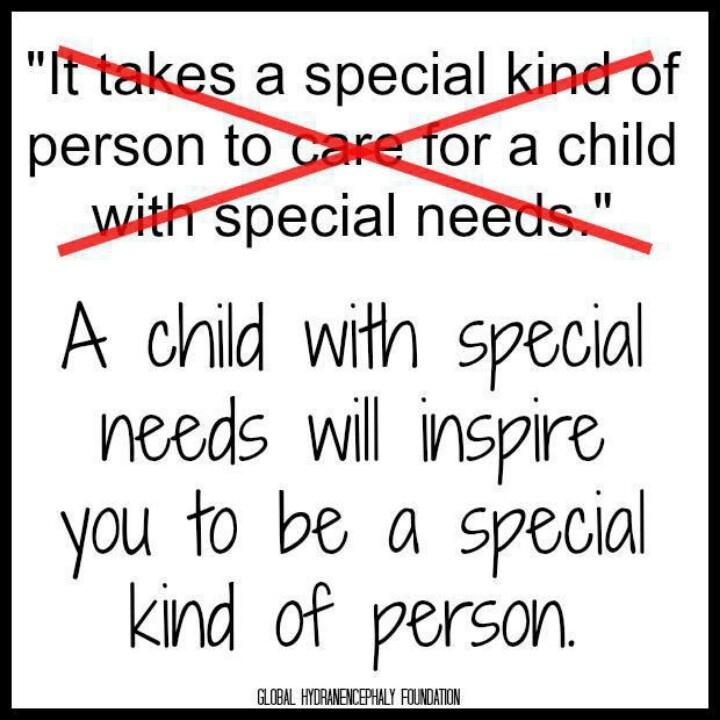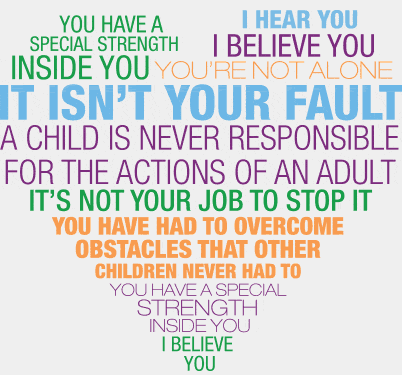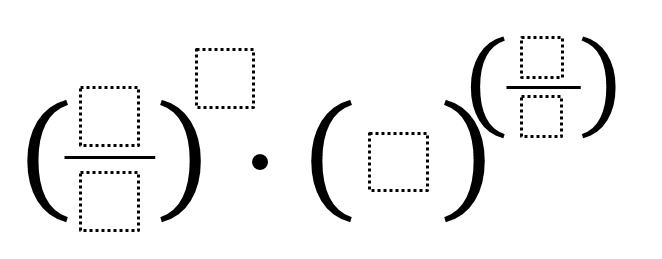Now in my 29th year of education, I'm so thankful for the people who have helped me to improve and to grow into the educator I've become so far.
- Thank you to my colleagues who have taught me through the experiences that they have been willing to share.
- Thank you to my students who have smiled with me and frowned with me; questioned me and responded to my questions.
- Thank you to the parents who have worked with me and worked against me. I've adjusted my actions with every contact I've ever made with a parent. And (I hope) I've become a better parent to my own children through these interactions as well.
- Thank you to my superiors that have guided along the way. Some were strong leaders and some were less strong. I appreciate your efforts and continue to appreciate the difficult job you have had and continue to have.
- Thank you to those who have complimented me for my efforts. Sometimes I deserved it and sometimes I didn't. Compliments are never necessary or required; so I particularly appreciate it when people have gone out of their way to do so; be it in person, via a written note, or via email or a phone call.
- Thank you to the people who have disagreed with me; sometimes kindly and sometimes with great anger. You made me think about my decisions and you helped me to be well prepared for future decisions. You'll never know how long I've thought about these exchanges; long after they ended.
- Thank you for my family who are not educators. It is so very helpful for me to hear the thoughts and ideas of non-educators. You've been influenced by your experiences and the people you are surrounded by; and your opinions help me to think about my opinions.
- Thank you to the speakers I've heard at venues great and small. Your willingness to share your expertise is a valuable part of the learning process for me as an educator.
- Thank you to my Twitter educator contacts that I have come to know via the miracle of the computer who live all over the world. It's amazing how a few words can lead me to an hour of research on a topic.
- Thank you to the dedicated professionals and to the folks that have been counting down the days until retirement for the past ten years. Every voice is valuable; every point of view is a piece to the puzzle. Every idea helps to shape my thinking.



















